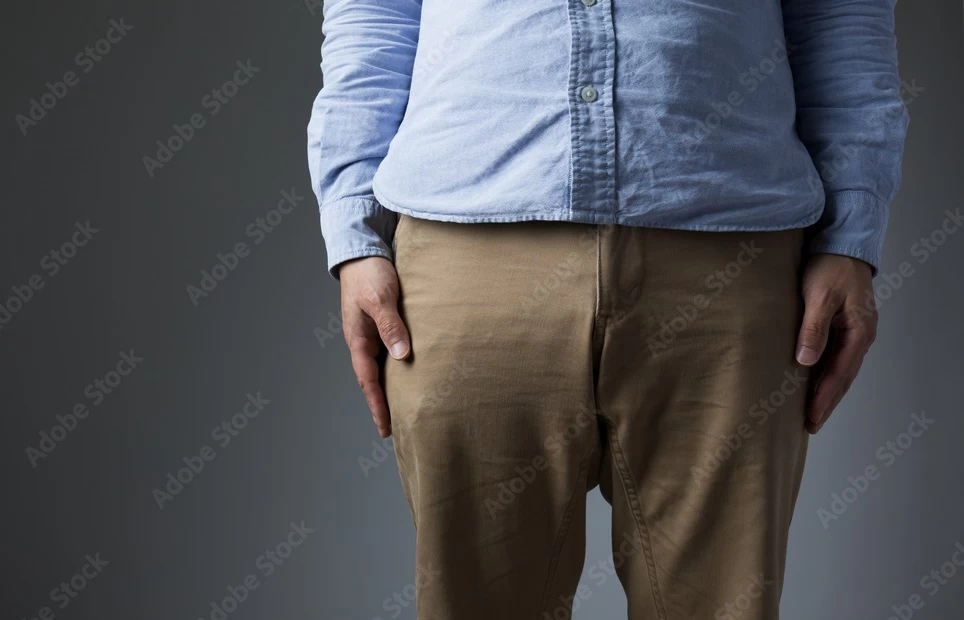
Male Genital Aesthetics
- Male Genital Aesthetics
- What Does Male Genital Aesthetics Include?
- Why is Male Genital Aesthetics Important?
- What are the Stages of Male Genital Aesthetic Surgery?
Male genital aesthetics refers to surgical or non-surgical procedures performed to improve the appearance or function of the male genitalia. These procedures aim to improve the size, shape, skin quality or other aesthetic features of the penis.
What Does Male Genital Aesthetics Include?
Male genital aesthetics includes a variety of surgical and non-surgical procedures performed to improve the appearance or function of the male genitalia. Here are some common male genital aesthetic procedures:
- Penis Enlargement Surgery: Various techniques are used to increase penis size. In this procedure, methods such as fat injections or loosening the connective tissue at the base of the penis can be applied.
- Penis Thickening Surgery: Techniques such as fat injection or tissue grafting are used to increase the circumference or width of the penis.
- Penis Shaping Surgery: Penile deformities may occur due to congenital or accidental anatomical abnormalities or conditions such as Peyronie's disease. In these procedures, surgical procedures are performed to correct the shape of the penis.
- Circumcision Repair (Foreskin Reconstruction): Circumcised men may be uncomfortable with the look or feel of the foreskin. The foreskin repair procedure involves reconstructing or straightening the foreskin.
- Testicular Aesthetics: Aesthetic problems such as the size, symmetry or drooping of the testicles can be tried to be corrected with testicular aesthetic procedures. These procedures can be done to improve the appearance of the testicles.
- Scrotum Aesthetics: The scrotum is known as the skin sac surrounding the testicles. Scrotum aesthetic procedures can be done to correct sagging or wrinkles of the scrotum, increase the firmness of the scrotum skin, or improve the overall appearance of the scrotum.
Each procedure may have different techniques and surgical processes. It is important that you consult your urologist when considering such procedures and discuss in detail your expectations, the risks and consequences of the procedure.
Why is Male Genital Aesthetics Important?
Male genital aesthetics can play an important role when individuals are dissatisfied with their genitals. Aesthetic concerns can affect individuals' self-confidence, sexual satisfaction, and overall quality of life. Here are some factors why male genital aesthetics may be important:
- Self-Confidence and Psychological Well-being: Men who are not satisfied with their genitals may experience problems such as insecurity, low self-esteem and psychological discomfort. Genital aesthetic procedures can increase an individual's self-confidence, make them feel better, and improve their psychological well-being.
- Sexual Satisfaction: Aesthetic concerns may cause discomfort or stress in sexual intercourse or sexual activities. Genital aesthetic procedures can increase an individual's sexual satisfaction and enhance their sexual experience by improving the size, shape or other aesthetic characteristics of the penis.
- Correction of Anatomical Abnormalities: Some men may have congenital or traumatic anatomical abnormalities. For example, Peyronie's disease can cause deformities in the penis. Genital aesthetic procedures can be used to correct such abnormalities and achieve a normal appearance.
- Elimination of Aesthetic Concerns: Aesthetic concerns may cause an individual to be dissatisfied with the appearance of their genitals. Genital aesthetic procedures aim to address the aesthetic concerns of the individual by correcting the size, shape, skin quality or other aesthetic features of the penis.
The important thing is to remember that such procedures are a personal preference and each individual's needs are different.
What are the Stages of Male Genital Aesthetic Surgery?
Male genital aesthetic surgery can consist of different stages depending on the type of procedure. Here are the stages of male genital aesthetic surgery in general:
- Consultation and Evaluation: The first step is to set up a consultation appointment with a specialist plastic surgeon. At this stage, the surgeon will evaluate the patient's expectations, aesthetic concerns and wishes. In addition, information will be obtained about the patient's medical history, current health status, and any medication or allergy conditions.
- Planning and Decision Making: The surgeon will inform the patient about the selection of the most appropriate procedures, taking into account the patient's wishes and anatomical needs. There will be a thorough discussion with the patient about the details of the procedure, the risks, and the expected results, and a decision will be made.
- Preparation: Before the operation, certain preparation steps are taken, taking into account the general health condition of the patient and special instructions. These steps may be blood tests, medical examination, quitting smoking or alcohol use, stopping the use of certain medications.
- Surgical Procedure: On the day of surgery, you may need to be in the hospital and under general or local anesthesia. The surgeon will perform the predetermined procedure and start the operative process. The duration and stages of the procedure vary depending on the procedure. The surgeon aims to achieve the set goals using surgical techniques.
- Healing Period: In the postoperative period, time is required for the patient's recovery and wound healing. The surgeon will give the patient post-operative care instructions and arrange check-ups. The healing process varies depending on the type of procedure, the patient's general health, and other factors.
Each surgical procedure may have its own unique stages and processes. It is important that you talk in detail with your urologist prior to surgery and have a full understanding of the steps of the procedure, the healing process and the potential risks.





